[MIS] IT Technology Analysis(영문)
 등록일 / 수정일
등록일 / 수정일 페이지 / 형식
페이지 / 형식 자료평가
자료평가 구매가격
구매가격
- 2009.05.14 / 2019.12.24
- 18페이지 /
 doc (MS워드 2003이하)
doc (MS워드 2003이하) - 평가한 분이 없습니다. (구매금액의 3%지급)
- 1,400원
최대 20페이지까지 미리보기 서비스를 제공합니다.
자료평가하면 구매금액의 3%지급!
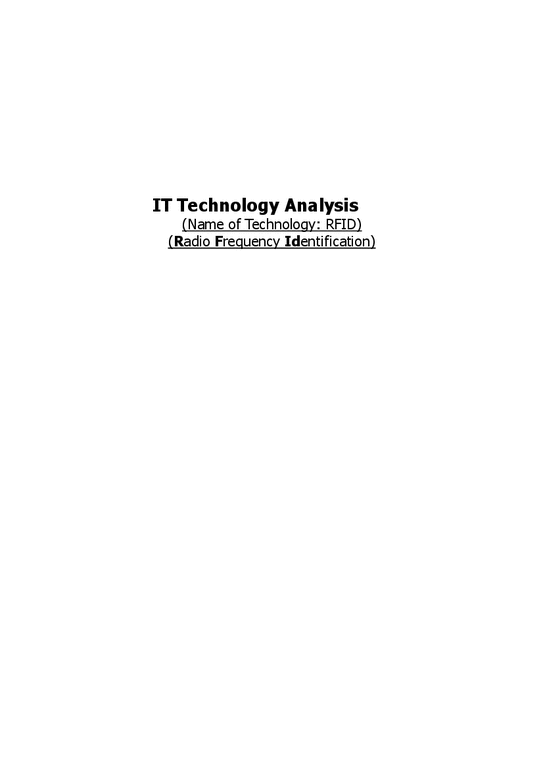 1
1 2
2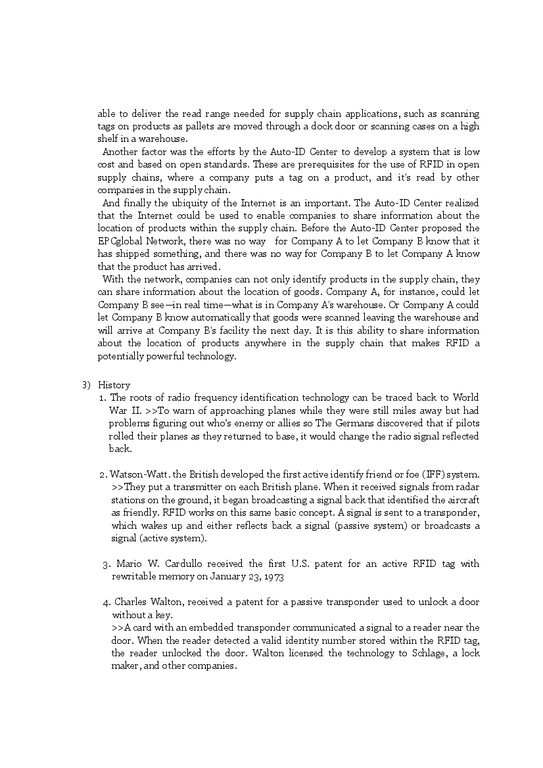 3
3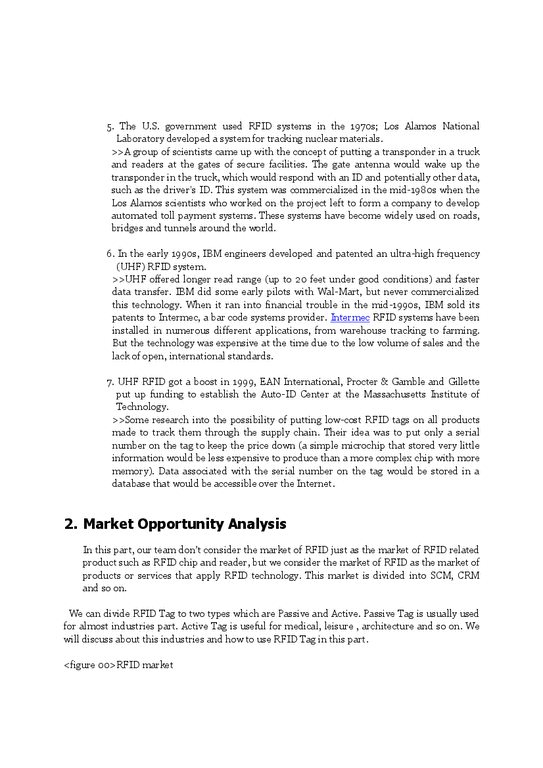 4
4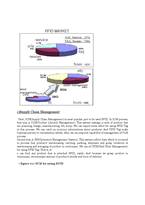 5
5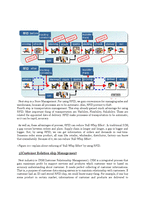 6
6 7
7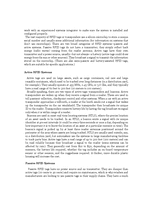 8
8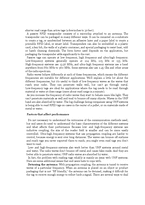 9
9 10
10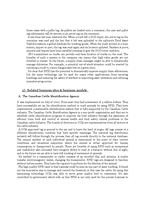 11
11 12
12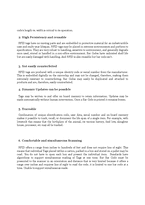 13
13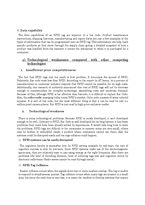 14
14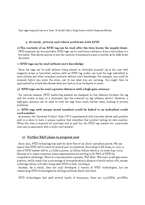 15
15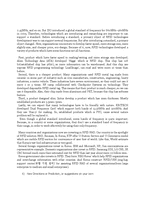 16
16 17
17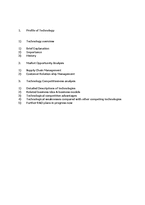 18
18
추천 연관자료
- 목차
-
1. Profile of Technology
1) Technology overview
1) Brief Explanation
2) Importance
3) History
2. Market Opportunity Analysis
1) Supply Chain Management
2) Customer Relation ship Management
3. Technology Competitiveness analysis
1) Detailed Descriptions of technologies
2) Related business idea & business models
3) Technological competitive advantages
4) Technological weaknesses compared with other competing technologies
5) Further R&D plans in progress now
- 본문내용
-
1. Profile of Technology
1) Technology overview
1) Brief Explanation
>> What is RFID?
Radio frequency identification (RFID) is a generic term that is used to describe a system that transmits the identity (in the form of a unique serial number) of an object or person wirelessly, using radio waves. It's grouped under the broad category of automatic identification technologies.
Auto-ID technologies include bar codes, optical character readers and some biometric technologies, such as retinal scans. The auto-ID technologies have been used to reduce the amount of time and labor needed to input data manually and to improve data accuracy. Some auto-ID technologies, such as bar code systems, often require a person to manually scan a label or tag to capture the data. RFID is designed to enable readers to capture data on tags and transmit it to a computer system—without needing a person to be involved.
A typical RFID tag consists of a microchip attached to a radio antenna mounted on a substrate. The chip can store as much as 2 kilobytes of data. For example, information about a product or shipment—date of manufacture, destination and sell-by date—can be written to a tag.
To retrieve the data stored on an RFID tag, you need a reader. A typical reader is a device that has one or more antennas that emit radio waves and receive signals back from the tag. The reader then passes the information in digital form to a computer system.
RFID technology has been used by thousands of companies for a decade or more. The technology is not new, so why is it taking off now?
Until recently, the cost of RFID has limited its use. For many applications, such as tracking parts for just-in-time manufacturing, companies could justify the cost of tags—a dollar or more per tag—by the savings an RFID system could generate. And when RFID was used to track assets or reusable containers within a company’s own four walls, the tags could be reused.
But for tracking goods in open supply chains, where RFID tags are put on cases and pallets of products by one company and read by another, cost has been a major obstacle to adoption. Tags must, in effect, be disposable because the company putting them on cannot recycle them. They get thrown out with the box.
2) Importance
For example, Wal-Mart's push to use RFID in the open supply chain is a big reason why the technology is hot today. Several important factors have come together around the same time. One is the advances in ultra-high frequency RFID systems. UHF systems are able to deliver the read range needed for supply chain applications, such as scanning tags on products as pallets are moved through a dock door or scanning cases on a high shelf in a warehouse.
Another factor was the efforts by the Auto-ID Center to develop a system that is low cost and based on open standards. These are prerequisites for the use of RFID in open supply chains, where a company puts a tag on a product, and it's read by other companies in the supply chain.
And finally the ubiquity of the Internet is an important. The Auto-ID Center realized that the Internet could be used to enable companies to share information about the location of products within the supply chain. Before the Auto-ID Center proposed the EPCglobal Network, there was no way for Company A to let Company B know that it has shipped something, and there was no way for Company B to let Company A know that the product has arrived.
With the network, companies can not only identify products in the supply chain, they can share information about the location of goods. Company A, for instance, could let Company B see—in real time—what is in Company A's warehouse. Or Company A could let Company B know automatically that goods were scanned leaving the warehouse and will arrive at Company B's facility the next day. It is this ability to share information about the location of products anywhere in the supply chain that makes RFID a potentially powerful technology.
3) History
1. The roots of radio frequency identification technology can be traced back to World War II. >>To warn of approaching planes while they were still miles away but had problems figuring out who’s enemy or allies so The Germans discovered that if pilots rolled their planes as they returned to base, it would change the radio signal reflected back.
2. Watson-Watt. the British developed the first active identify friend or foe (IFF) system.
>>They put a transmitter on each British plane. When it received signals from radar stations on the ground, it began broadcasting a signal back that identified the aircraft as friendly. RFID works on this same basic concept. A signal is sent to a transponder, which wakes up and either reflects back a signal (passive system) or broadcasts a signal (active system).
3. Mario W. Cardullo received the first U.S. patent for an active RFID tag with rewritable memory on January 23, 19
자료평가
-
아직 평가한 내용이 없습니다.
오늘 본 자료
더보기

최근 판매 자료
- [국제무역론] 생산요소의 국제이동
- CHIP4 추진배경 및 가입에 따른 문제점 [CHIP4,반도체,CHIP,시스템반도체,미중]
- [경영전략] 넥센타이어의 기업전략 분석
- 타이어산업분석 - 금호타이어 한국타이어 넥센중심
- 아로나민 골드 광고기획서
- [생산관리] 현대, 기아 자동차의 6시그마
- Given imaging 회사에 대해(무선내시경)
- [A+ 리포트] 나는 중견 기업인 서울식품(주)의 전략경영과장으로 재직하고 있다. 사장님은 나에게 회사의 성장과 장기 발전을 위하여 새로운 제품개발을 하라는 중장기 계획을 맡겼다. 다음 달 전략기획팀과 1차 전략회의를 갖기로 하였다.위와 같은 상황을 가정할 때, 1차 전략회의에서 토의해야 할 안건으로 ‘제품개발을 위한 기획서 초안’을 만들어 보시오.
- 공차 기업분석과 성공요인,SWOT분석및 공차 마케팅전략 분석과 향후전략 아이디어 제
- 뷰티사업계획서 Nailart shop
저작권 관련 사항 정보 및 게시물 내용의 진실성에 대하여 레포트샵은 보증하지 아니하며, 해당 정보 및 게시물의 저작권과 기타 법적 책임은 자료 등록자에게 있습니다. 위 정보 및 게시물 내용의 불법적 이용, 무단 전재·배포는 금지됩니다. 저작권침해, 명예훼손 등 분쟁요소 발견시 고객센터에 신고해 주시기 바랍니다.









